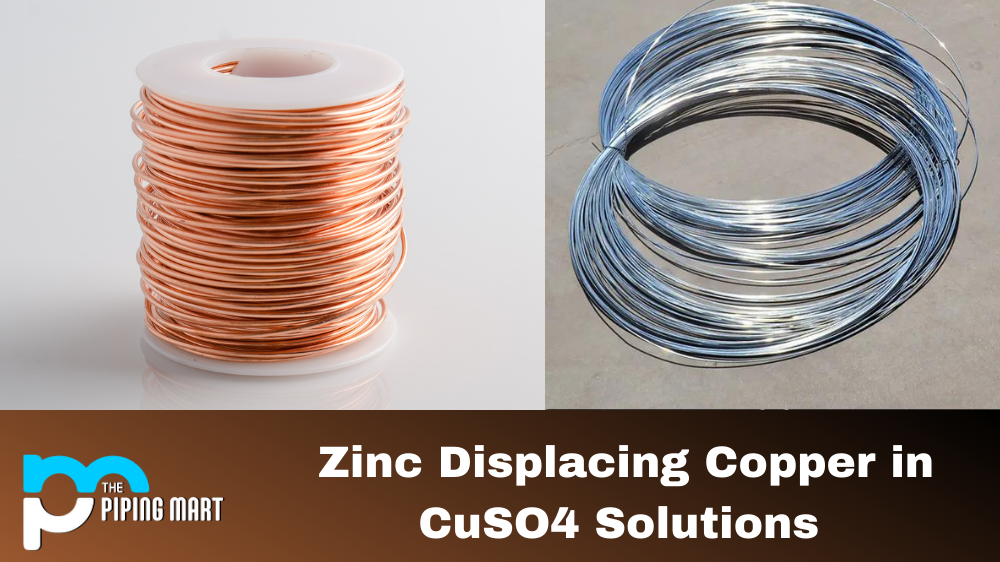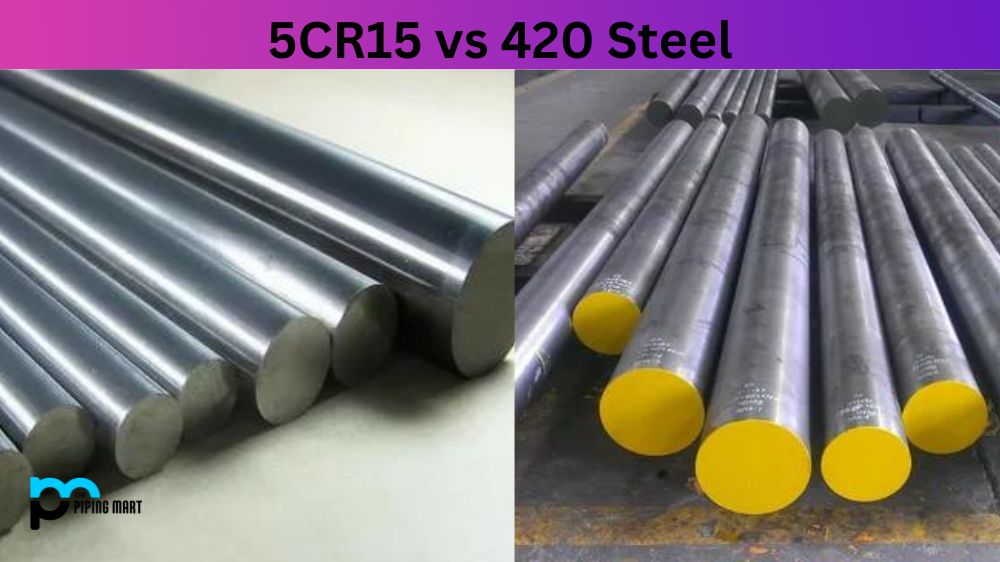In chemistry, displacement reactions occur when a more reactive element displaces a less reactive element from a solution. This is particularly interesting regarding zinc and copper in CuSO4 solutions. But why does zinc displace copper in this particular solution? Let’s take a look at some of the reasons behind this reaction.
What Happens When Zinc Reacts with Copper Sulphate Solution?
When zinc is introduced to copper sulfate solution, the zinc begins to displace the copper ions and they start to move away from one another. This process of displacement is called a redox reaction, which takes place when an oxidizing agent such as copper loses electrons and a reducing agent such as zinc gains them. As zinc continues to be released into the solution, it slowly starts to dissolve in the copper sulfate and eventually forms a new compound with different properties. This new compound often has a bluish-green color because of the presence of copper, and it will also have properties like more acidic or basic than its initial components as it combines with other elements from the reaction.
Zinc Displacing Copper in CuSO4 Solutions
The Reactivity Series
The reactivity series is a list of elements arranged according to their reactivity, with the most reactive elements placed at the top and the least reactive elements at the bottom. It is important to remember that an element can only displace another element if it is considered more reactive. In this case, zinc (Zn) is higher up on the reactivity series than copper (Cu) which means that it has greater reactivity and can therefore displace copper from CuSO4 solutions.
Ions in Solution
When zinc displaces copper from CuSO4 solutions, it forms two new compounds – ZnSO4 and Cu(NO3)2. This happens because ions are formed when metals dissolve in water. The ions then move around freely until they find other ions they can bond with. In solutions like copper sulphate (CuSO4), there are both copper (Cu +2 ) and sulphate (SO 4 -2 ) ions present, so these two ions will bond together to form the compound CuSO4. When zinc is added to this solution, its presence leads to the formation of two new compounds – ZnSO4 and Cu(NO3)2 – since it has displaced some of the copper ions from bonding with sulphate ions.
Oxidation-Reduction Reactions
In addition to displacement reactions, oxidation-reduction reactions also play an important role in explaining why zinc displaces copper in CuSO4 solutions. Oxidation-reduction reactions involve the transfer of electrons between two substances, with one substance gaining electrons while the other loses them. Zinc atoms have a higher affinity for electrons than copper atoms, meaning they will be more likely to gain electrons during an oxidation-reduction reaction than their less reactive counterparts. The result is that zinc will take electrons away from copper atoms which will then be released into solution and form new compounds such as ZnSO 4 or Cu(NO 3 ) 2.
Conclusion
So there you have it! It all comes down to reactivity series rankings, ionic interactions, and oxidation-reduction reactions, which all combine to create this fascinating chemical reaction! All of these factors explain why zinc displaces copper from CuSO 4 solutions when both elements come into contact with each other in watery environments. With this explanation under your belt, you can now understand why certain metals displace others from different solutions – giving you i

Pipingmart is a B2B portal that specializes in metal, industrial and piping items. Additionally, we share the latest information and information about materials, products and various types of grades to assist businesses that are involved in this business.




